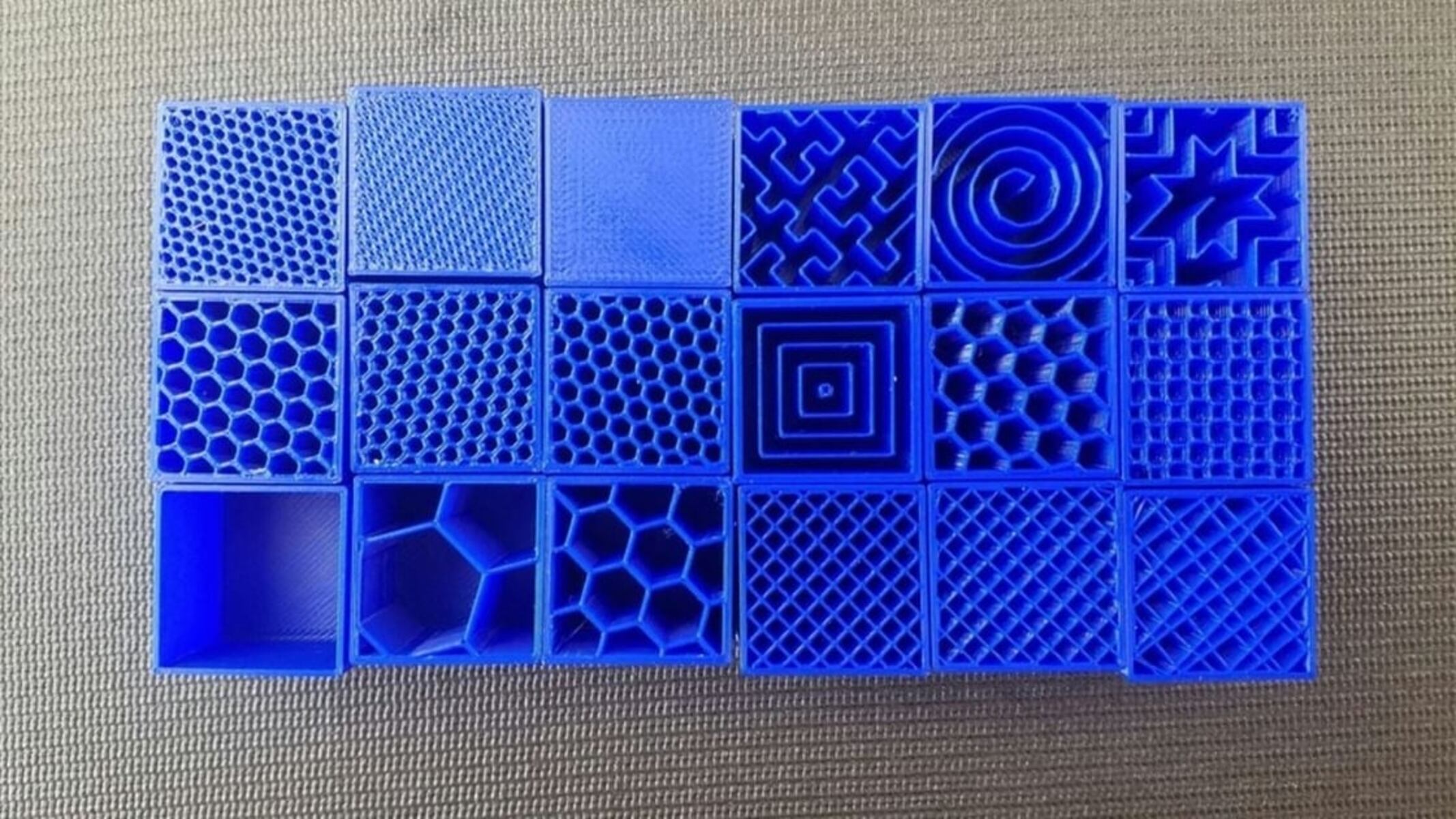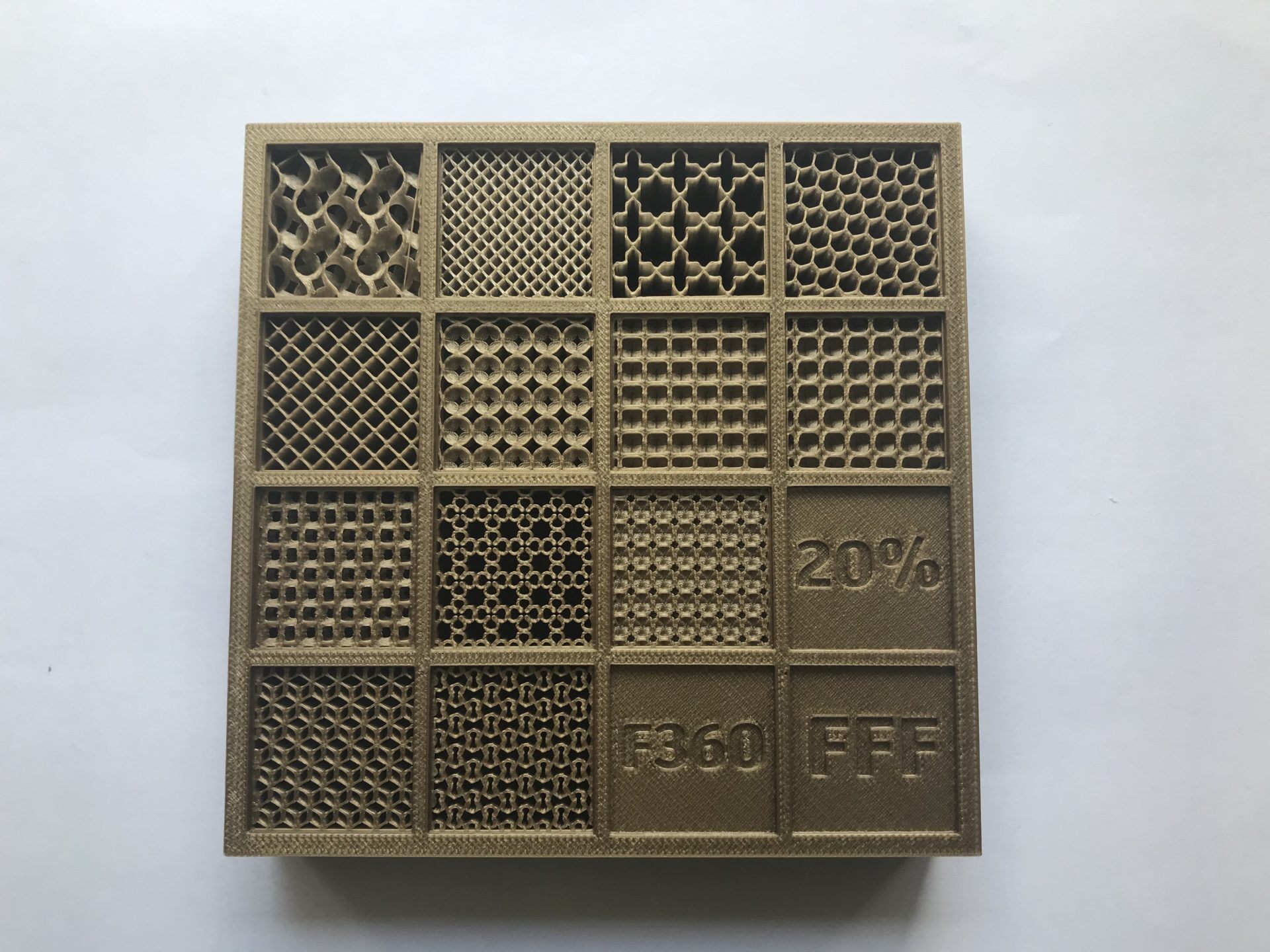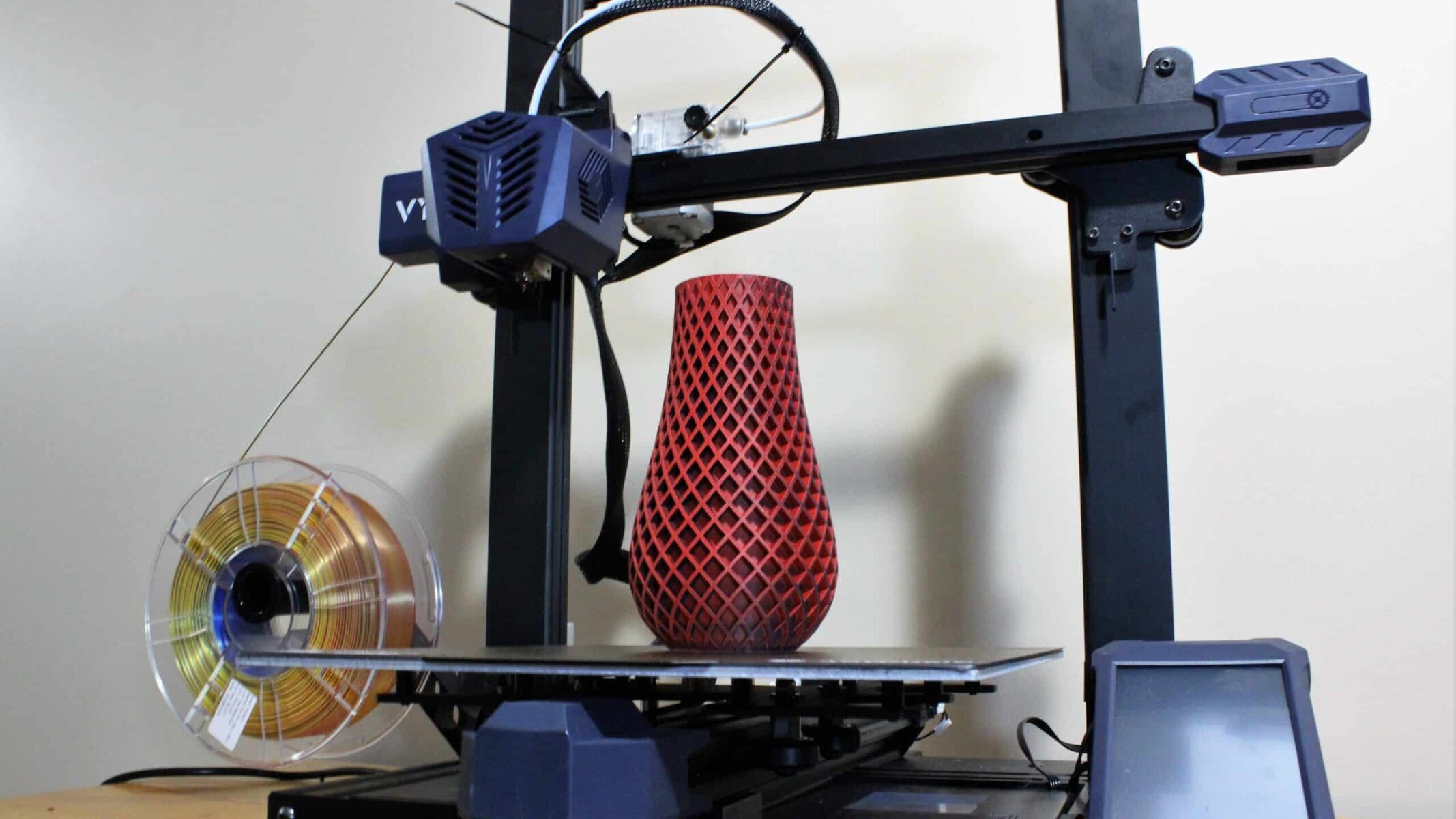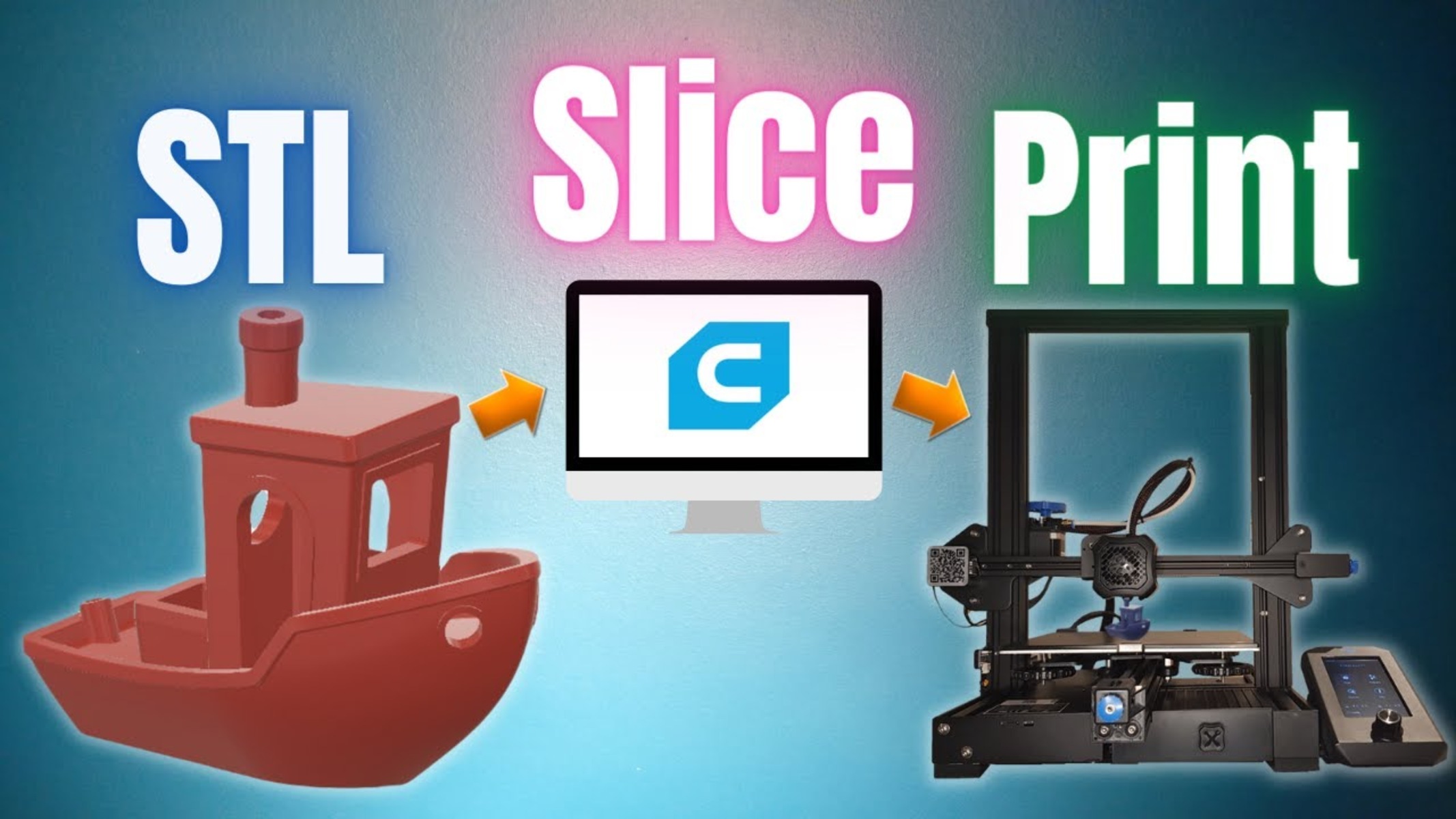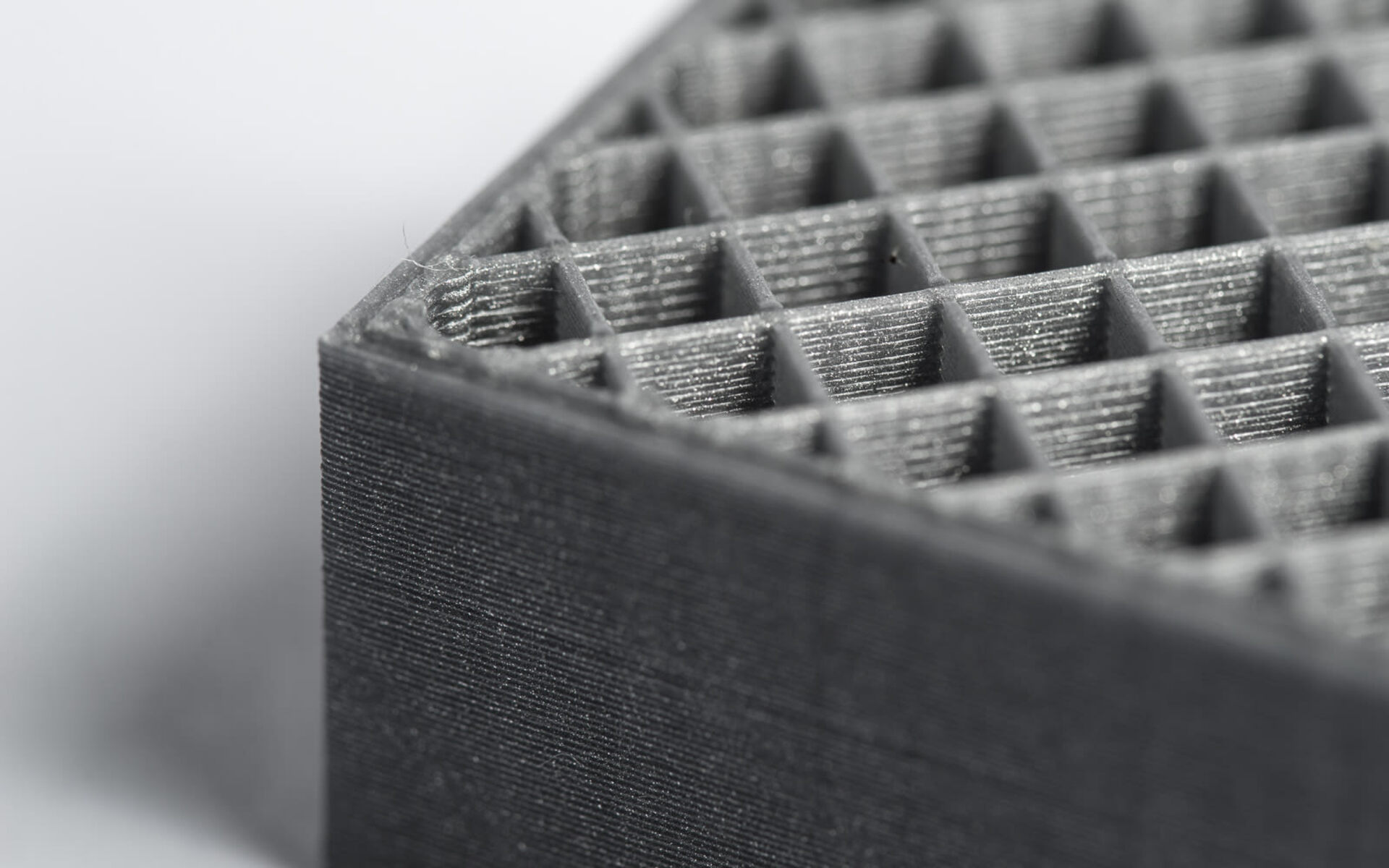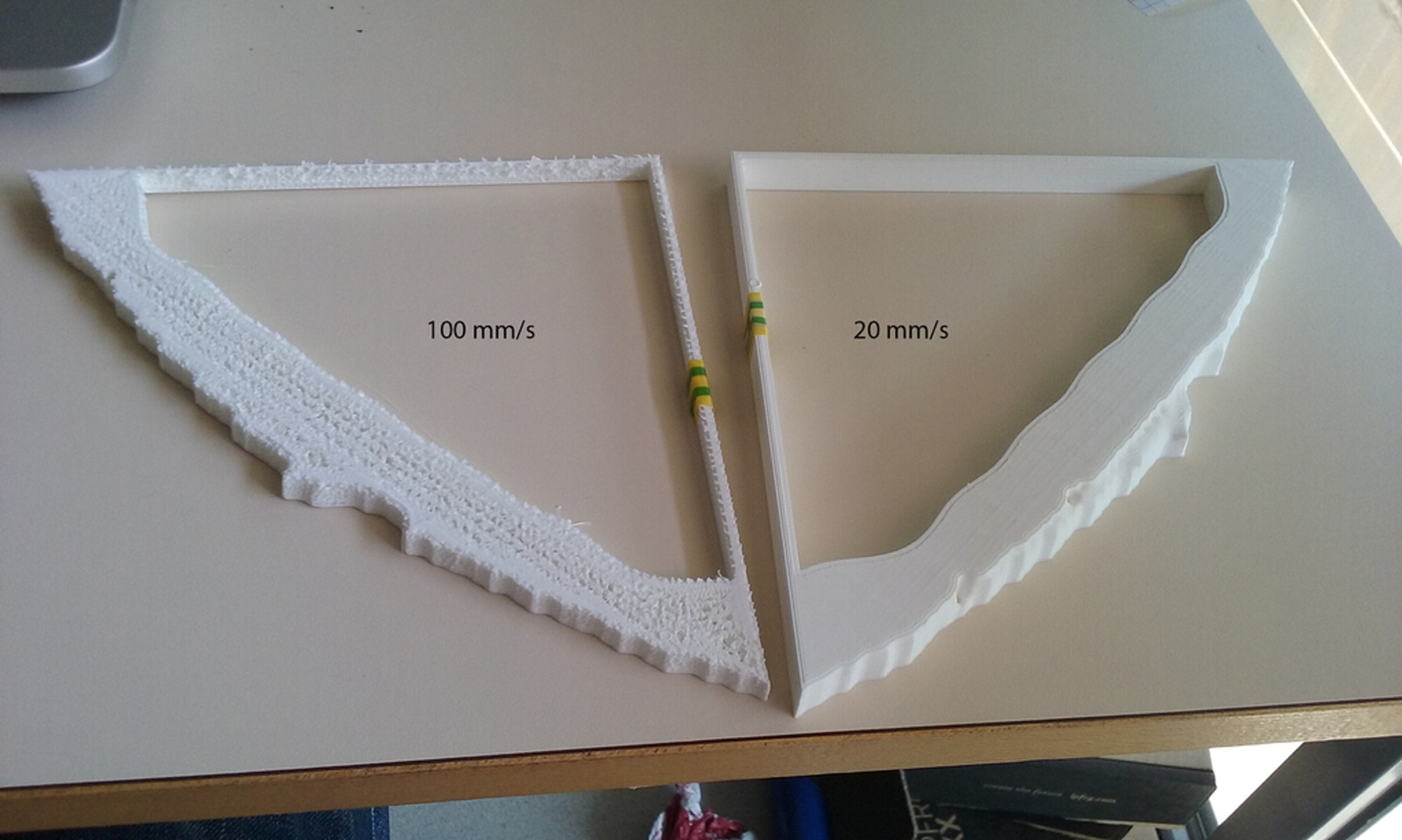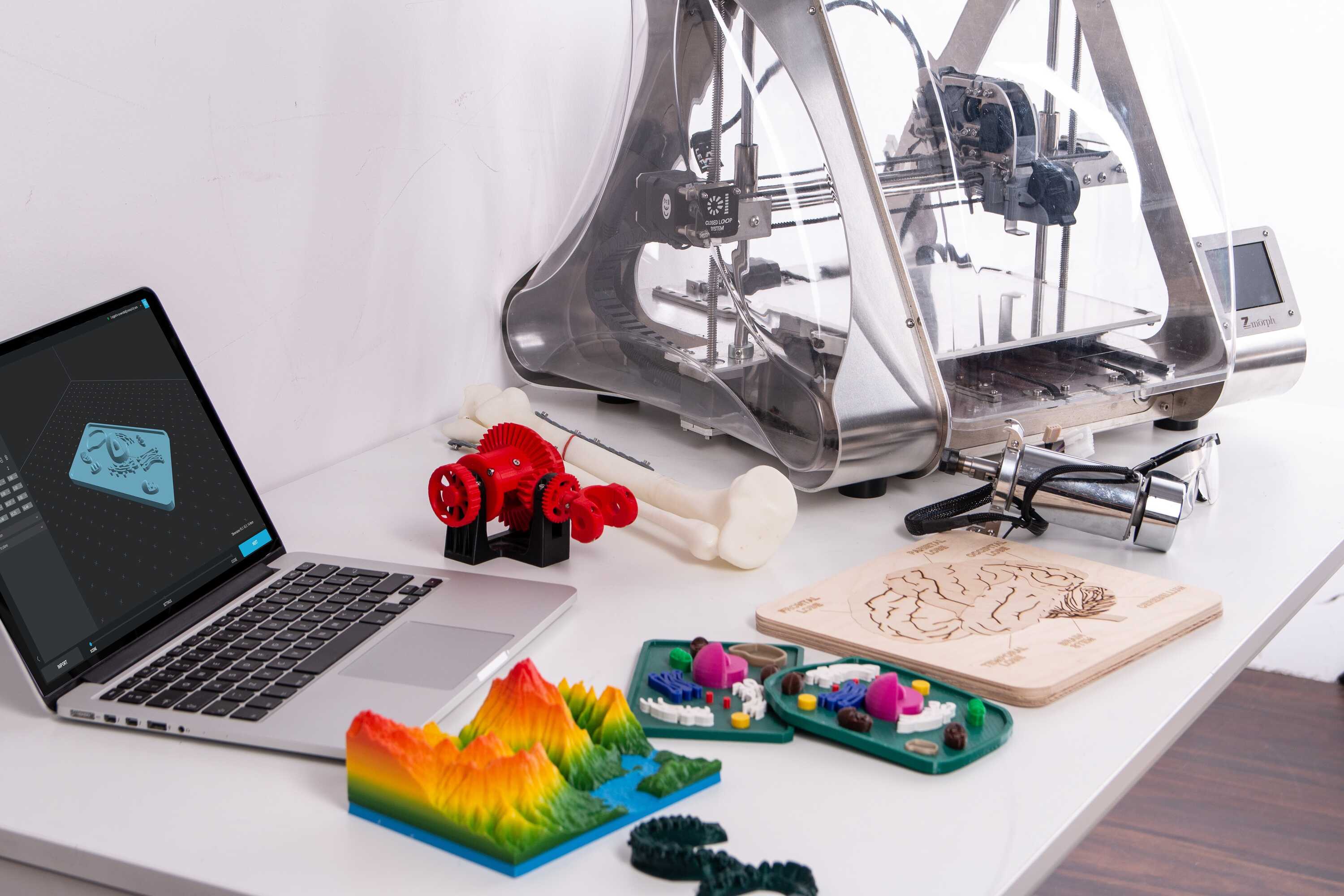Introduction
Infill percentage is an important parameter in 3D printing that determines the amount of material used to fill the internal structure of a printed object. It plays a crucial role in determining the strength, durability, and overall quality of the printed part. Infill percentage refers to the density of the infill pattern, which can range from a completely solid fill to a sparse lattice structure.
As 3D printing technology continues to advance, understanding the significance of choosing the right infill percentage becomes increasingly important. When used appropriately, infill can help optimize the print time, material usage, and structural integrity of the printed object. This leads to cost savings, improved print quality, and better overall performance of the final product.
Choosing the correct infill percentage involves considering various factors, such as the specific application of the printed object, its structural requirements, and the desired balance between strength and weight. While higher infill percentage generally results in stronger prints, it also increases material consumption and extends print time. Conversely, using a lower infill percentage reduces material usage and print time, but compromises the strength and stability of the printed part.
With these considerations in mind, it is essential to strike a balance and find the optimal infill percentage for each print job. By understanding the significance of infill percentage and knowing how to choose the right value, you can ensure the success of your 3D printing projects.
In this article, we will delve into the various factors to consider when choosing the infill percentage for 3D printing. We will explore the recommended infill percentages for different applications and provide some tips for optimizing infill percentage to achieve the best possible results.
What is infill percentage?
Infill percentage refers to the density of the internal structure of a 3D printed object. When a model is printed, it is not completely solid throughout. Instead, it is filled with a patterned structure known as infill. This internal infill provides support to the outer walls of the object and determines its strength, stability, and weight.
The infill pattern can vary depending on the desired properties of the printed object. It can range from a basic grid or honeycomb pattern to more intricate designs such as gyroids or Voronoi tessellations. The density of the infill defines how much internal space is filled with material.
The infill percentage is typically specified as a value ranging from 0% to 100%. A 0% infill means that the object is hollow, with no internal structure, while a 100% infill indicates that the object is solid throughout. However, it is important to note that achieving a completely solid print is not always necessary or practical.
The choice of infill percentage depends on various factors, such as the purpose of the printed object, its intended use, and the desired balance between strength, weight, and material consumption. Different infill percentages may be suitable for different applications.
For example, if the printed object is purely decorative and will not be subjected to any significant stress or load, a low infill percentage, such as 10-20%, may be sufficient. This reduces material consumption and print time while still providing enough structural support for the outer walls.
On the other hand, if the printed object requires high strength and durability, a higher infill percentage, such as 50-80%, may be more appropriate. This denser infill pattern provides increased stability and rigidity, making the object more suitable for functional applications, such as mechanical parts or prototypes.
Overall, the infill percentage plays a vital role in determining the characteristics and performance of a 3D printed object. By understanding what infill percentage is and how it affects the final print, you can make informed decisions and optimize the print settings to achieve the desired outcomes.
Importance of infill percentage in 3D printing
The infill percentage is a crucial parameter in 3D printing that significantly impacts the overall quality, strength, and functionality of the printed object. Understanding the importance of selecting the right infill percentage is key to achieving successful 3D prints.
One of the primary reasons why infill percentage is important is its direct impact on the structural integrity of the printed object. The infill provides internal support and prevents the walls of the object from collapsing or deforming under stress. A higher infill percentage results in a denser and more robust internal structure, increasing the overall strength of the printed part.
On the other hand, using a lower infill percentage reduces the amount of material used inside the print, making the object lighter and potentially more cost-effective. This can be advantageous for applications where weight reduction is a priority, such as aerospace or automotive components.
Infill percentage also plays a significant role in optimizing the print time and material usage. Higher infill percentages require more material and longer print times, as the printer needs to fill a greater proportion of the object’s volume. Conversely, using a lower infill percentage saves material and reduces print time, making it an attractive option for rapid prototyping or when time and cost constraints are priorities.
Another important aspect to consider is the desired level of transparency or translucency in the printed object. In certain applications, such as light diffusers or medical models, it may be desirable to have a translucent effect. In these cases, using a lower infill percentage allows light to pass through the object, creating the desired visual effect.
The infill percentage also affects the post-processing and finishing of the printed object. If a higher infill percentage is used, the object will have more material in its internal structure, which can make sanding, polishing, or painting more challenging. Choosing a lower infill percentage can facilitate smoother post-processing and improve the final aesthetics of the print.
Ultimately, the importance of infill percentage lies in its ability to strike a balance between strength, weight, material usage, print time, and other specific requirements of the printed object. By choosing the right infill percentage, you can optimize the print quality, functionality, and overall performance of your 3D printed objects.
Factors to consider when choosing infill percentage
When deciding on the ideal infill percentage for a 3D printing project, several factors should be taken into consideration. Each factor contributes to the overall performance and characteristics of the printed object, and understanding their impact is crucial to achieving optimal results.
One important factor to consider is the application of the printed object. Different applications have varying requirements in terms of strength, weight, and durability. For example, functional mechanical parts will generally require a higher infill percentage to ensure structural integrity, while decorative or lightweight objects may be suitable with a lower infill percentage.
The desired aesthetics of the printed object also play a role in determining the infill percentage. If the object will be visible and aesthetics are important, a lower infill percentage may be preferable to achieve a more translucent or light-permeable appearance. On the other hand, if strength and stability are the primary concerns and aesthetics are less important, a higher infill percentage can be chosen.
Consideration should also be given to the size and scale of the printed object. Smaller objects often require a higher infill percentage to compensate for the reduced surface contact area. This added density helps improve the overall strength and stability of the object. Conversely, larger objects can often use a lower infill percentage, as the greater surface area provides more structural support.
The type of material being used for the print is another crucial factor. Different materials have varying attributes, such as flexibility, resilience, and density. Understanding how these properties interact with infill percentage is essential. For example, materials with low flexibility may benefit from higher infill percentages to compensate for their limited ability to absorb energy.
When it comes to time and cost considerations, the print duration and material consumption should be taken into account. Higher infill percentages generally result in longer print times and increased material usage. Therefore, if time and cost are important factors, choosing a lower infill percentage can help reduce both print time and material consumption.
Finally, it is essential to experiment and test different infill percentages to find the optimal value for your specific requirements. This trial and error process allows for fine-tuning and discovering the balance between strength, weight, print time, material consumption, and other desired characteristics.
By carefully considering these factors, you can choose the most appropriate infill percentage for your 3D printing project, ensuring that the printed objects meet the desired specifications and requirements.
Recommended infill percentages for different applications
The optimal infill percentage for 3D printing can vary depending on the specific application and requirements of the printed object. Here are some general recommendations for different types of applications:
1. Prototyping and Basic Models: For quick prototypes or basic models where strength and durability are not the primary concerns, a lower infill percentage of around 10-20% can be used. This saves material and reduces print time without compromising the overall appearance or functionality of the object.
2. Functional Parts and Mechanisms: When printing functional parts that are designed to withstand mechanical stress or load, a higher infill percentage of 50-80% is recommended. This increased density provides greater strength and stability, ensuring the part can withstand the required forces while maintaining its structural integrity.
3. Structural Components: For larger structural components that require maximum strength and stability, a higher infill percentage of 80-100% is often necessary. This solid infill ensures that the part is fully dense, providing the ultimate strength and rigidity required for critical applications.
4. Lightweight Objects: When weight reduction is a priority, such as in aerospace or automotive applications, a lower infill percentage of around 10-20% can be beneficial. This reduces the overall weight of the printed object while still maintaining adequate structural support and integrity.
5. Transparent or Light-Permeable Objects: If the desired outcome is a translucent or light-permeable object, a lower infill percentage between 5-15% is often recommended. This allows light to pass through the object, creating the desired visual effect while maintaining sufficient structural support.
6. Artistic and Decorative Objects: For purely aesthetic or decorative prints, a lower infill percentage ranging from 5-20% can be used. This saves material and print time while still providing enough internal structure to maintain the stability and shape of the object.
It is important to note that these infill percentage recommendations are general guidelines, and specific print settings may need to be adjusted based on the printer, material properties, and other factors unique to each print job. It is recommended to experiment and test different infill percentages to achieve the desired balance between strength, weight, and other functional or aesthetic requirements for your specific application.
Tips for optimizing infill percentage in 3D printing
Choosing the right infill percentage is key to achieving successful and efficient 3D prints. Here are some tips to help you optimize the infill percentage for your specific printing needs:
1. Consider the purpose of the printed object: Determine the specific requirements of your printed object. Is it for functional use, decoration, or prototyping? Understanding the purpose will guide you in selecting the appropriate infill percentage.
2. Assess structural needs: Evaluate the structural demands of your printed object. If high strength and durability are critical, opt for higher infill percentages to ensure stability and resistance to stress and deformation.
3. Perform test prints: Conduct test prints with different infill percentages to assess the impact on strength, weight, and overall print quality. This will help you identify the ideal infill percentage for your specific project.
4. Utilize infill pattern options: Explore various infill patterns available in 3D printing software. Different patterns can affect the structural integrity and aesthetics of the printed object. Experiment with different patterns along with varying infill percentages to achieve the desired outcome.
5. Adjust infill percentage based on size: Consider the size of the printed object. Smaller objects typically require higher infill percentages to compensate for reduced surface area contact. Larger objects, on the other hand, can often utilize lower infill percentages without compromising structural integrity.
6. Fine-tune for material properties: Different materials have unique properties that impact infill performance. For example, more flexible materials may benefit from higher infill percentages to enhance their structural capabilities. Take into account the characteristics of the material being used when determining the infill percentage.
7. Balance between speed, cost, and quality: Higher infill percentages increase print time and material usage. Consider the trade-offs between speed, cost, and print quality. For rapid prototyping or cost-effective prints, lower infill percentages can be suitable, while critical applications may require higher infill percentages despite longer print times.
8. Post-processing considerations: Keep in mind the post-processing requirements of the printed object. Higher infill percentages can make sanding, polishing, or painting more challenging. If aesthetics are essential, consider using a lower infill percentage to facilitate smoother post-processing.
Remember, these tips serve as general guidance. To achieve the best results, it is essential to experiment, gather personal experience, and understand the specific requirements and constraints of your 3D printing projects.
Conclusion
Infill percentage plays a crucial role in 3D printing, impacting the strength, durability, weight, and overall quality of the printed objects. By understanding the importance of infill percentage and considering various factors such as the application, size, material, and desired outcomes, you can optimize the infill percentage to achieve the best results.
When choosing the infill percentage, it is crucial to strike a balance between strength, weight, print time, material consumption, and other specific requirements of the printed object. Different applications may require different infill percentages, with recommendations ranging from lower percentages for decorative objects to higher percentages for functional or structural components.
Experimenting with various infill percentages and infill patterns can help you find the optimal value for your specific needs. Test prints, adjustments based on the size of the object, and consideration of material properties are all vital steps in the optimization process.
Additionally, it is important to consider the trade-offs between speed, cost, and quality when choosing the infill percentage. Lower infill percentages may reduce print time and material consumption, but at the expense of structural integrity. Higher infill percentages, while enhancing strength and stability, can result in longer print times and increased material usage.
By implementing the tips for optimizing infill percentage, you can achieve better control over the strength, weight, and overall quality of your 3D printed objects. Striving for the perfect balance between functionality, aesthetics, and efficiency will lead to successful 3D printing projects that meet your specific requirements.
Remember to consider the unique characteristics of each project and continue to experiment and refine your infill percentage settings to achieve the desired results. With the right infill percentage and careful attention to detail, you can unlock the full potential of your 3D prints.







